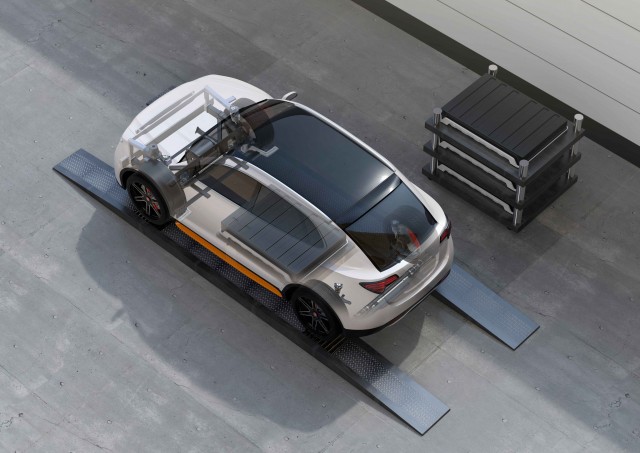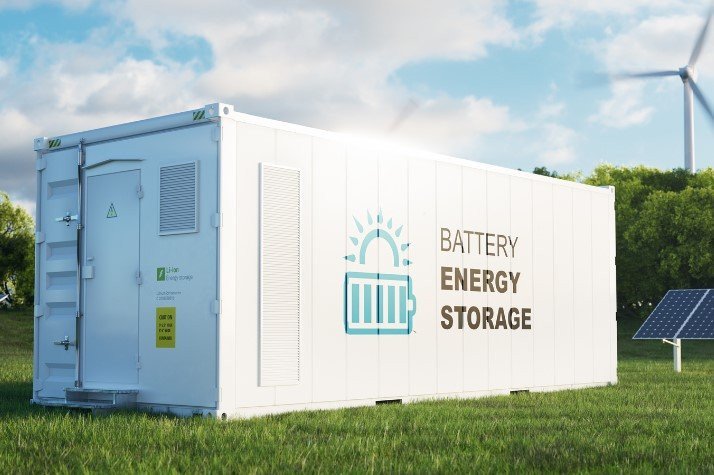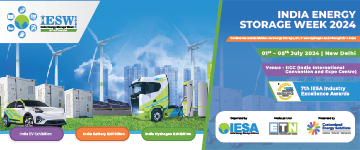Battery swapping: Game changer for EVs in India
The transition to e-mobility can be made easy by finding a solution that will make the experience of recharging effortless for the end-users. Battery swapping in these segments presents a leapfrog opportunity to achieve India's EV dreams, says Shilpi Samantray, Manager of Climate Change & Mission Electric - Ola Mobility Institute.
India is making a big push for EVs by creating enabling policies and increasing investor's confidence to ensure an inflow of capital for EV-focused startups. Despite these efforts to create a favorable market, the infrastructure to support the EV adoption in the country still remains a big challenge. Indian roads are dominated by small vehicle segments with more than 80 percent of the total vehicles comprising 2Ws.
The Indian market is different when compared to the western countries where a majority of the vehicles are 4Ws. As per the 2019 EV sales figures in India, out of the 7,60,000 EVs that were sold in India, small vehicle segments, comprising 2W and 3W, dominated 99 percent of the share. Therefore, an India-tailored solution is required to accelerate EV adoption. In this particular case, all efforts by the government should be channelized and focused attention should be given to these smaller vehicle segments.
Last year, Ola Mobility Institute studied the country's first multi-modal e-mobility pilot in Nagpur and one of the key findings was that the Total Cost of Ownership (TCO) advantages for 4W is still years away. The electrification of 4W requires a significant commitment to infrastructure, thereby making it an expensive prospect overall. This further strengthens the fact that India's priority sequence of EV transition should be 2W and 3W, followed by public and shared transport vehicles including 4W and buses.
The transition from existing ICE vehicles to EVs can be smoothened by finding a solution that can mimic the existing petrol pumps and will make the experience effortless for the end-users. Battery swapping in these segments presents a leapfrog opportunity to achieve India's EV dreams. It is a charging mechanism in which a discharged battery is swapped or interchanged with a fully charged one. The entire process of swapping takes no longer than 2-3 minutes, thereby imitating the experience of a fuel pump. While the industry is looking at charging stations, battery swapping should
be treated as an alternate and promising charging option for 2Ws and 3Ws.
To make the adoption in 2Ws and 3Ws convenient, cost-effective, and seamless for the end-users, we need to make the process as user-friendly as possible. Users would want the benefit of EV but not the inconvenience of refueling. Traditional charging technology today, takes between 2-6 hours to charge the battery.
Taking cue from the somewhat close cousin of EVs - the CNG vehicles (where refueling takes at least 10-20 minutes waiting in line), EV charging experience would be 10 times as inconvenient and equally undesirable. To avoid the same mistakes, the refueling experience should be as convenient as the petrol pump. Enter battery swapping! It will eliminate wait time for charging, make better use of land, reduce the size of batteries in vehicles and will give an increased available run time.
To gain consensus on battery swapping as an alternative for early adoption of e-2Ws and e-3Ws, OMI hosted a policy dialogue. The platform brought together key market actors, thought leaders, influencers to recognize, discuss and align ideas on battery swapping as a viable charging model. Market leaders such as EESL, BSES, Kinetic Green, Exicom, Delhivery, AEEE, and Sun Mobility participated and collectively endorsed India's first 'shared resolution on battery swapping'. The shared resolution highlights battery swapping as a model for charging smaller vehicles, creating favorable economics for consumers, DISCOMs and energy operators.
Battery swapping in these segments presents a leapfrog opportunity to achieve India's EV dreams. It is a charging mechanism in which a discharged battery is swapped or interchanged with a fully charged one.
by Author
A few key benefits of battery swapping are stated below.
User benefits: Battery swapping can be done in under three minutes, faster compared with normal charging that takes hours, thereby makes the charging experience as convenient for the users as refueling at a petrol pump. It gives the option of selling the vehicle independent of the battery and thereby reduce the cost of the EV by almost 30-50 percent. This will reduce the upfront cost and increase adoption of EVs. The technology gives battery swapping operators (BSOs) more control of batteries, which will ensure maximum battery usage and proper disposal. Such assurance from the energy operator will give confidence to the users to have a hassle-free ride.
DISCOM benefits: Battery swapping will increase revenue for DISCOMs by providing additional demand from reliable commercial end users.Also, since battery charging can be flexible in terms of charging (which can be done during non-peak hours), this technology has the potential to balance the peak load of the grid.
Energy operator benefits: Scaling up battery swapping will ensure better utilization of the land as swapping requires a fraction of land needed otherwise for setting up a dedicated charging station. This will be an attractive option for urban areas where land is difficult to obtain and will also decrease the financial burden for the energy operators. Battery Swapping will open up new business opportunities.
Fleet operator, SmartE, has battery swapping stations at Delhi-NCR and is working in partnership with Delhi Metro, Sun Mobility, Panasonic, Exicom and Amara Raja Batteries to operate swapping stations. Ola Electric has its own battery swapping unit at Gurugram for e-rickshaws. The station has more than 15 battery-swapping units with 20 battery packs per unit powering 200+ e-rickshaws.
With all the merits attached to the concept of battery swapping, the government should consider operationalizing it as a part of the FAME II policy. As the government works towards creating enabling policies for EVs, we hope that the adoption of the battery swapping model is encouraged to accelerate the development of the EV ecosystem in India especially for small vehicle segments.

























